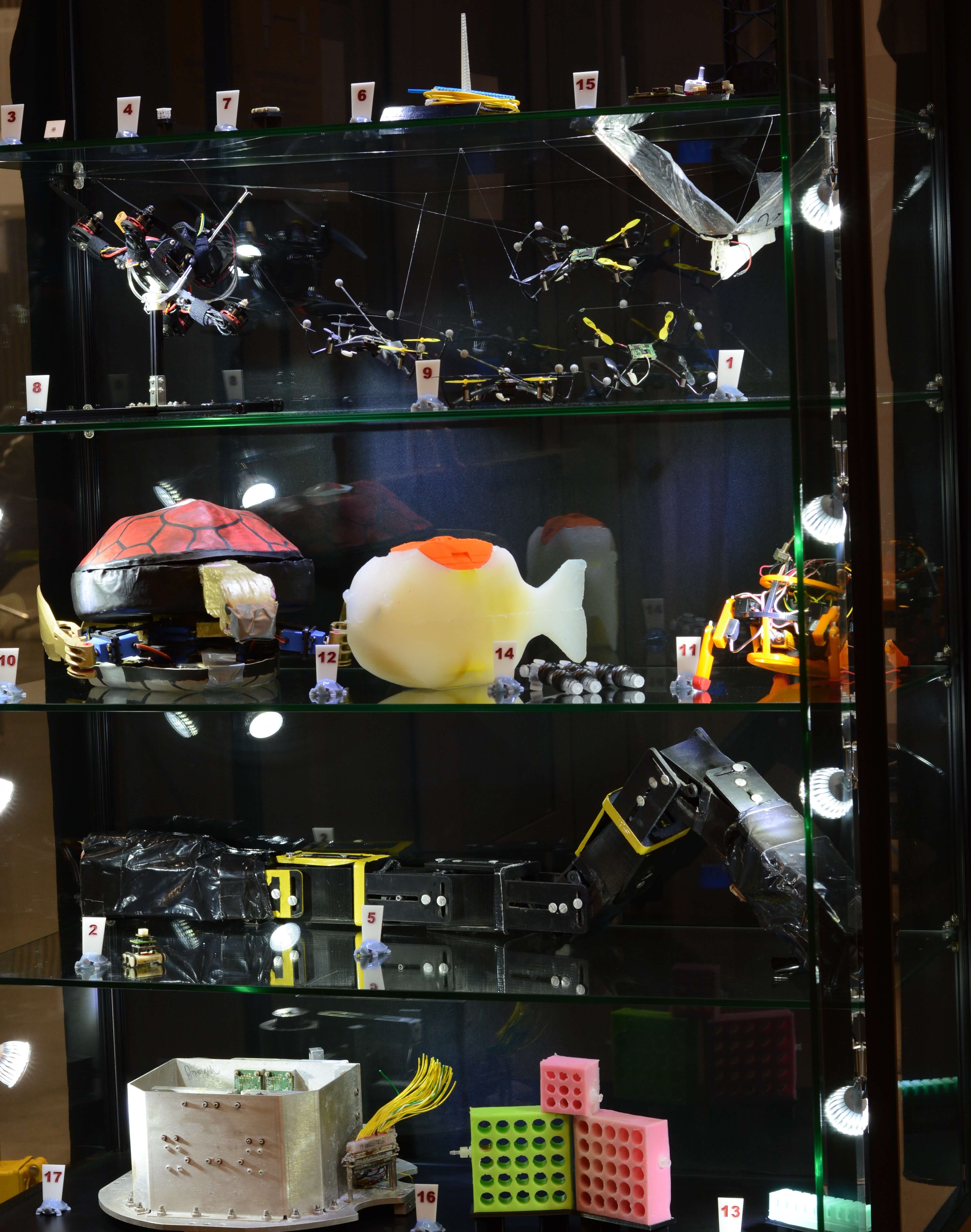Time Capsule Artifacts 2010-2020
2020 marks the 10th anniversary of the Maryland Robotics Center. The MRC time capsule commemorates the first 10 years of robotics research at the University of Maryland with a selection of robotics research artifacts from the period 2010-2020. The time capsule is located in the Brendan Iribe Center for Computer Science and Engineering, Robotics Manipulator Lab, Room 0116. Descriptions of the time capsule artifacts are provided below.
